Ground shipping is currently paused. Local deliveries throughout Long Island will continue as usual. Pre-orders for fall are now open. Non-local orders will begin shipping again in early September. Click here to learn more.
Ground shipping is currently paused. Local deliveries throughout Long Island will continue as usual. Pre-orders for fall are now open. Non-local orders will begin shipping again in early September. Click here to learn more.
| Size | |
|---|---|
| Common Name | |
| Type | |
| Family | |
| Native? | |
| Zone | 5, 6, 7, 8 |
| Height Range (ft.) | 6.00 to 12.00 |
| Spread (ft.) | 8.00 to 12.00 |
| Bloom Time | |
| Bloom Description | Pink, White |
| Sun | |
| Water | |
| Maintenance | |
| Suggested Use | Edible landscapes, foundation plantings, naturalized areas, Rain Garden, shrub borders, wildlife gardens |
| Tolerate | |
| Flower | |
| Leaf | Good Fall |
| Attracts | |
| Fruit | |
| Growth Rate |

Vaccinium corymbosum, known as Highbush Blueberry, is a versatile shrub prized for its delicious berries and ornamental appeal.
This deciduous shrub produces clusters of sweet, edible blueberries in mid to late summer, perfect for fresh eating, baking, and preserving. Its foliage turns stunning shades of red and orange in the fall, adding seasonal interest to the garden. Highbush Blueberry thrives in full sun and acidic, well-drained soils.
Easy to grow and maintain, it supports local wildlife and is ideal for edible landscapes, garden borders, and mixed shrub plantings.
$12.99 – $149.99Price range: $12.99 through $149.99
Please note: Sizes 1.5 Gallon and up can’t be shipped outside the counties of Nassau, Suffolk, and Queens.
Learn more about how the process works and how our plants are delivered.
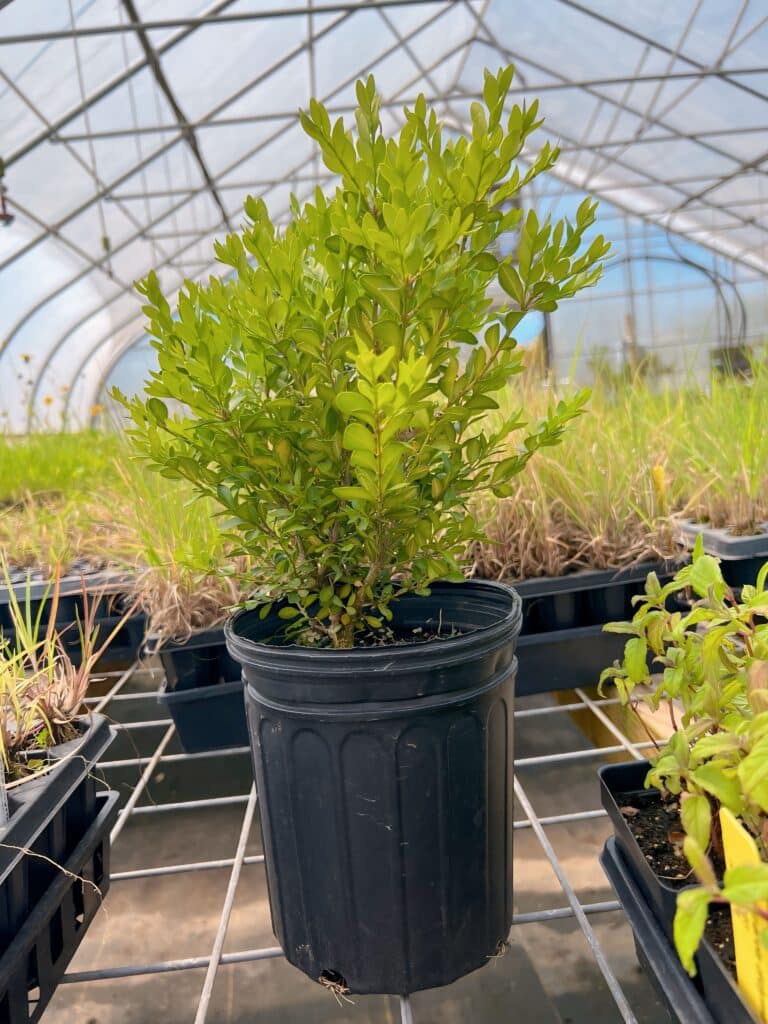
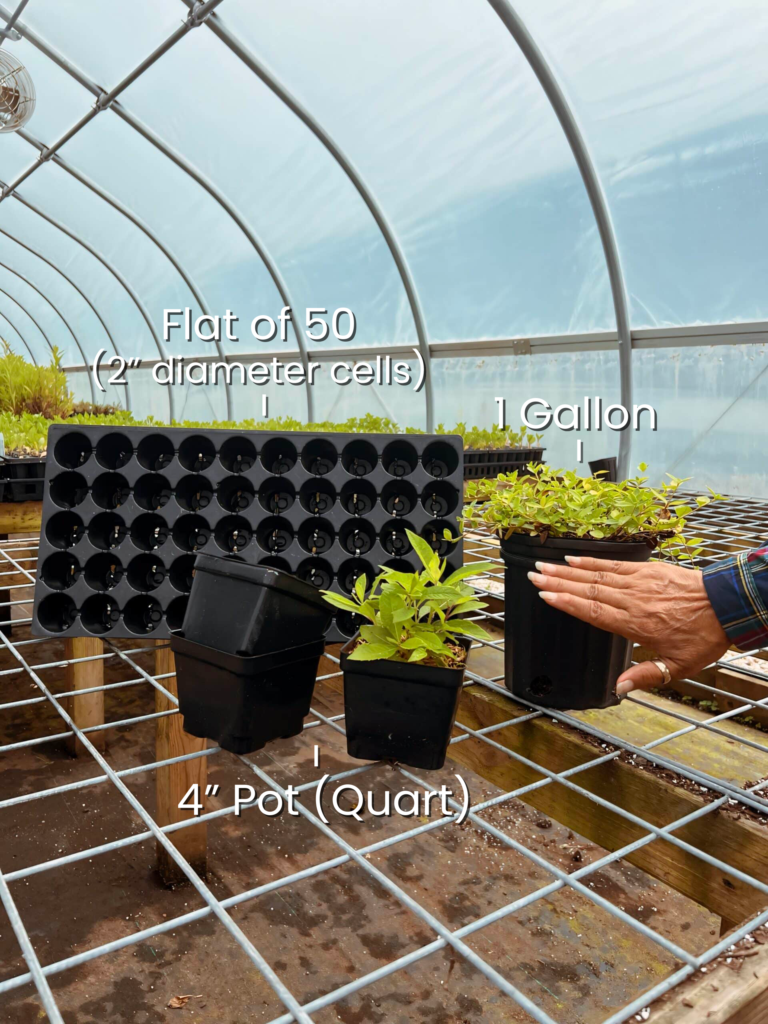
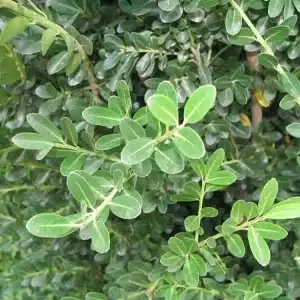
Ground shipping is paused due to summer heat. Only local delivery (Long Island & Queens) is available. Orders placed during the pause will begin processing September 1, and ground shipping will resume September 15.
| Size | |
|---|---|
| Common Name | |
| Type | |
| Family | |
| Native? | |
| Zone | 5, 6, 7, 8 |
| Height Range (ft.) | 6.00 to 12.00 |
| Spread (ft.) | 8.00 to 12.00 |
| Bloom Time | |
| Bloom Description | Pink, White |
| Sun | |
| Water | |
| Maintenance | |
| Suggested Use | Edible landscapes, foundation plantings, naturalized areas, Rain Garden, shrub borders, wildlife gardens |
| Tolerate | |
| Flower | |
| Leaf | Good Fall |
| Attracts | |
| Fruit | |
| Growth Rate |
Discover the delightful and multi-functional Vaccinium corymbosum, commonly known as Highbush Blueberry. This deciduous shrub is celebrated for its bountiful harvest of sweet, nutritious blueberries and its striking ornamental qualities, making it a favorite among gardeners who seek both beauty and productivity in their landscapes.
Highbush Blueberry is perfect for creating productive hedges, borders, and mixed plantings in edible landscapes. Plant multiple bushes to ensure cross-pollination and a higher yield of berries. It also works well in containers on patios and decks, bringing the harvest closer to your kitchen.
By planting Vaccinium corymbosum, you support local ecosystems by providing food and habitat for pollinators and other wildlife. Its role in the garden extends beyond human use, contributing to the health and diversity of your local environment.
Incorporate Highbush Blueberry into your garden for a plant that offers delicious rewards and stunning seasonal beauty. This versatile shrub enhances the aesthetic appeal and ecological value of any garden, making it a must-have for gardeners who appreciate both form and function.
/5
Total reviews
|
|
Persons recommended this product
Anonymous
Shopper
check_circle Verified
Shop owner replied
Was this helpful
Anonymous
Shopper
check_circle Verified
Shop owner replied
Was this helpful
There are no reviews yet.
Be the first to review “ ”
Your feedback helps us improve our service.
Please log in to submit a review.
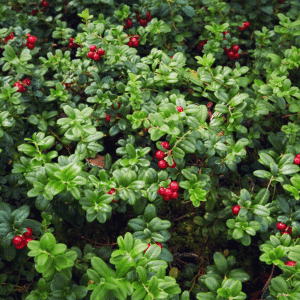
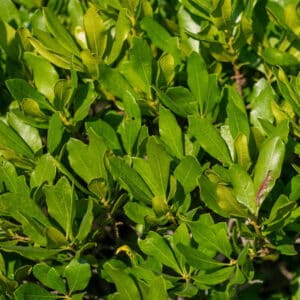
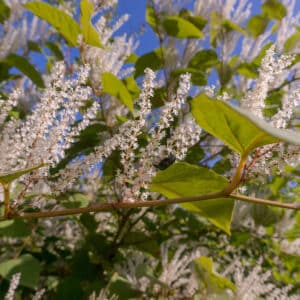

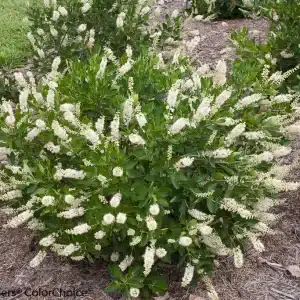
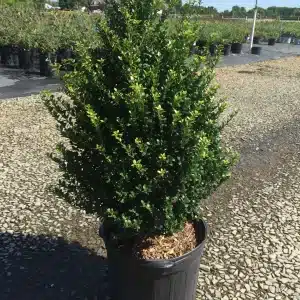
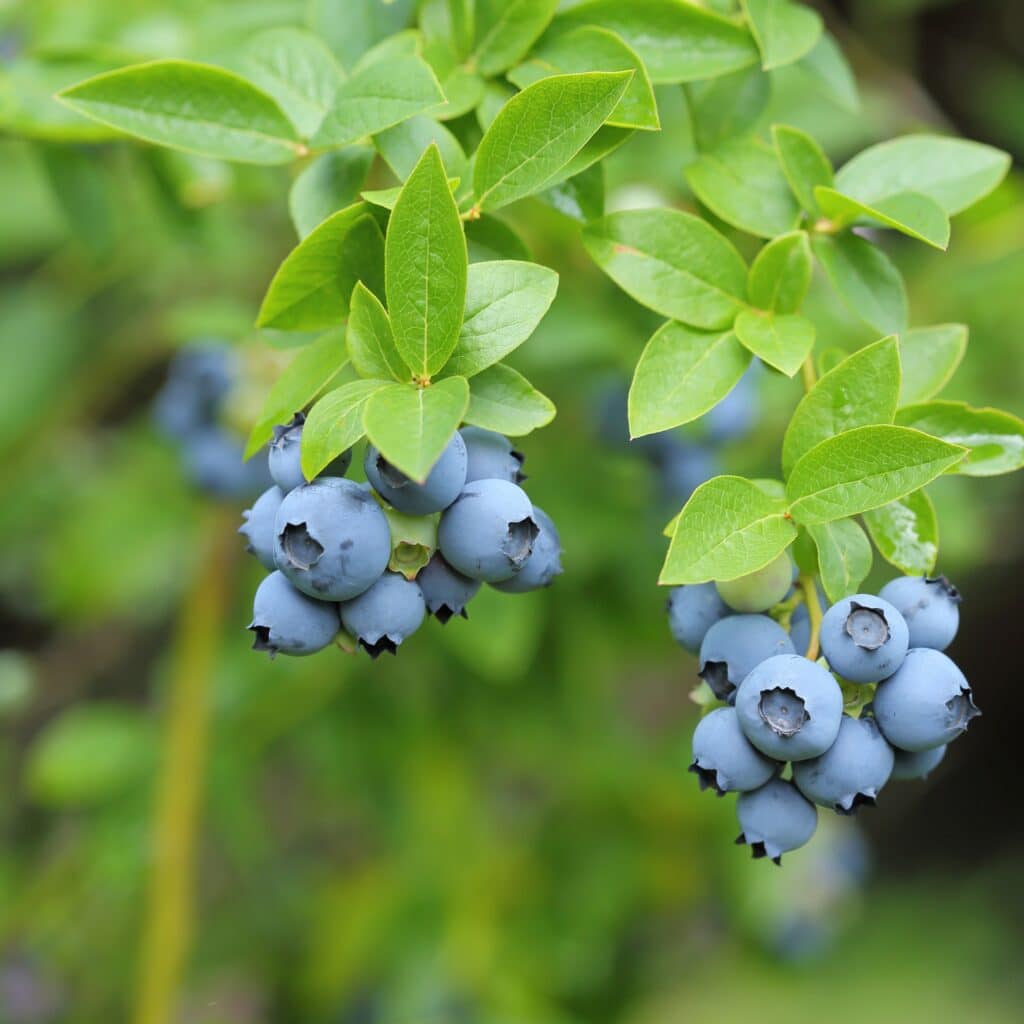
Highbush Blueberry thrives in full sun (at least 6 hours daily) and acidic, well-draining soil with a pH between 4.5 and 5.5. It prefers moist, organic-rich soil and benefits from mulch to retain moisture and suppress weeds. Avoid alkaline or heavy clay soils unless heavily amended.
Depending on the variety, Highbush Blueberry typically grows to about 5–8 feet tall and 4–6 feet wide, forming an upright, multi-stemmed shrub. It’s great for edible landscapes, wildlife gardens, and mixed native borders.
Blueberries flower in spring and usually ripen from late June through August, depending on the cultivar and climate. For best fruit production, it’s recommended to plant at least two different varieties for cross-pollination, which improves both yield and berry size.
Yes! The spring flowers attract native bees and pollinators, while the summer berries provide food for birds and other wildlife. In fall, the plant adds ornamental value with vibrant red to orange foliage, making it both functional and beautiful.
Unfortunately, Highbush Blueberry is not deer-resistant. Deer may browse the foliage and stems, especially young plants. If you’re planting in an area with heavy deer pressure, protective fencing or deer repellents may be necessary to prevent damage.
Our gift cards make it easy to share the beauty of plants, flowers, and all things green. Whether for a special occasion or just because, give the gift of choice and let them select their favorites to create a garden they’ll cherish.
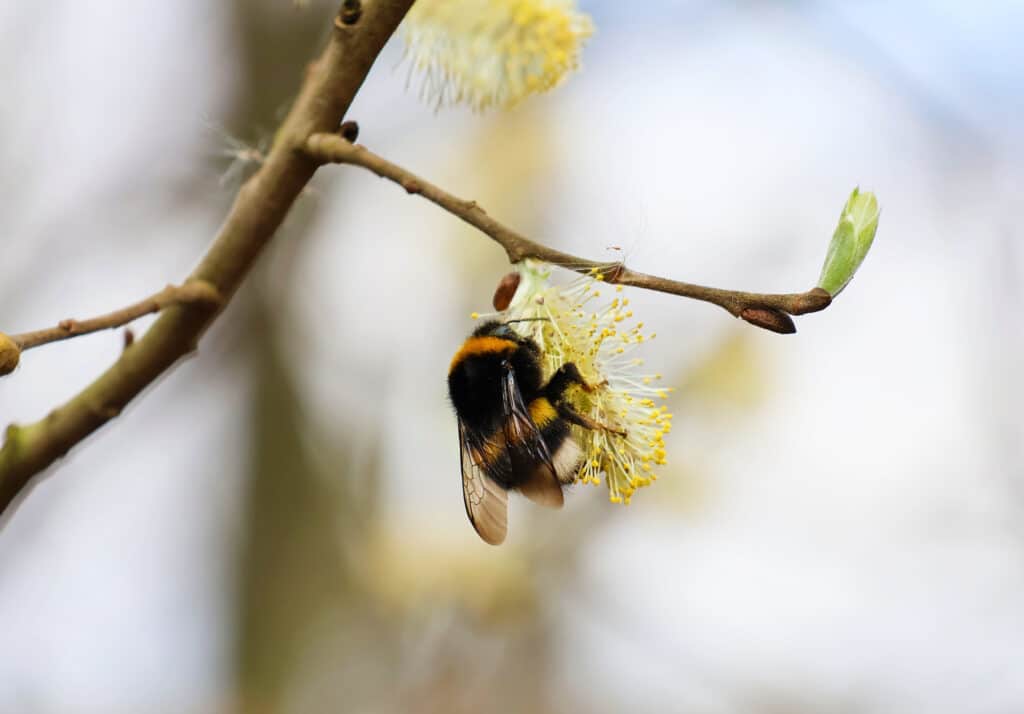
Only Local Delivery Available (Long Island & Queens)
Ground Shipping Paused
To protect our plants from extreme summer heat, we’ve paused nationwide ground shipping to avoid any damage during transit.
Local Delivery Only
We’re still delivering locally to Long Island and Queens, so nearby customers will continue to receive orders as usual.
Fall Pre-Orders Are Open Nationwide!
We will resume normal shipping for non-local orders placed during the pause in early September.
Thank you for your support and understanding—we’re looking forward to growing with you this fall!